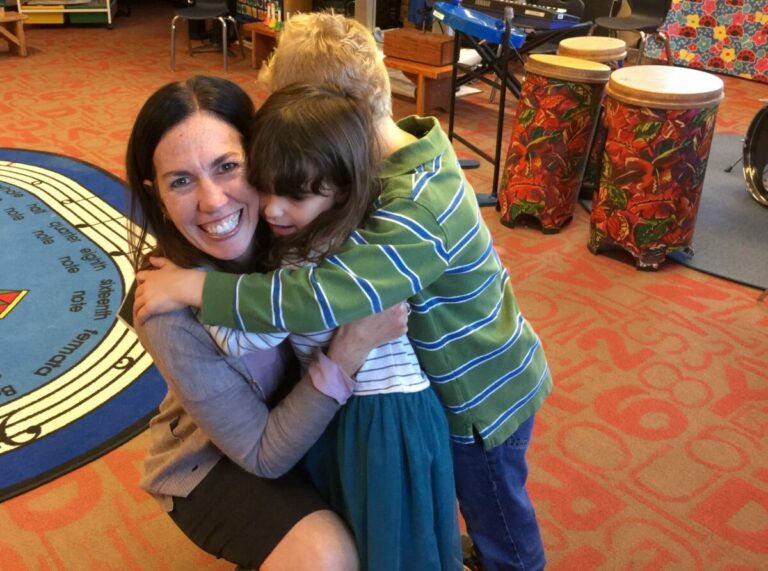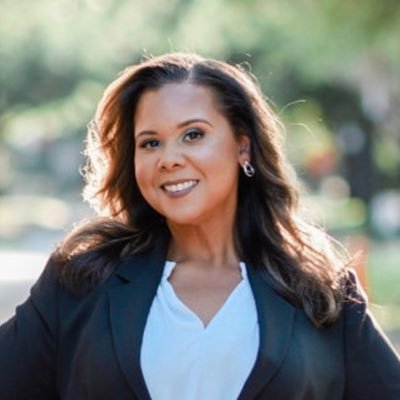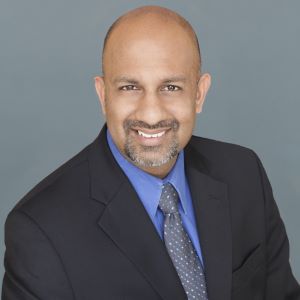Two jobs, one desk: Hidden seasons of district leadership

When someone lands their first district leadership role, I like to offer a lighthearted welcome: “Congratulations! You now get to work half-days… you can choose the first 12 hours or the second.”
The joke gets a laugh, but it also holds a subtle truth: This job is as complex as it is relentless. And what many first-time district administrators quickly discover is that it’s not one job at all. It’s two.
You will come to learn that your work as a district leader lives in two distinct seasons: the school year job and the summer job. Each has its rhythm, responsibilities and identity. Understanding this seasonal duality will not only help you survive, it will help you lead.
Job One: A nine-month marathon
This is the job most of us imagined when we entered district leadership: the rhythm of the academic calendar, the school buses rolling, the football games under the lights, the teacher observations, the student performances and the never-ending cascade of emails, board meetings and family communications. During these nine months, districts are schools.
Your presence matters visibly. Whether you’re conducting a campus walk-through, standing at a podium or listening in a community forum, you are the face of the system. The decisions you make ripple quickly (sometimes immediately) through classrooms and cafeterias, offices and auditoriums.
This job is public. It’s political. It’s emotional. It’s full of joy and full of pressure. It’s about safety, trust, learning and the immediacy of now. During these months, you are part conductor, part counselor, part firefighter and part cheerleader. You are visible and vocal, and your presence helps stabilize the system.
Job Two: The three-month overhaul
And then the buses stop. The hallways empty. The bells go silent. The job shifts.
Welcome to your second job, the one that rarely makes it into the movies. This version of district leadership is not public-facing but it is mission-critical.
While students and families are catching their breath, you’re knee-deep in the operational engine that keeps the system running. This is the business of running a district.
You’re managing staffing changes, approving budgets, reviewing end-of-year reports, planning curriculum transitions, overseeing building renovations, authorizing deep cleans, moving classrooms, ordering materials and balancing shifting enrollments. It’s a massive, behind-the-scenes operation with little fanfare and even fewer thank-yous.
The summer job is quieter but heavier; less visible but just as vital. It’s when you make the decisions that will either set up a strong school year or create months of repair.
This is where vision becomes infrastructure. It’s also when most superintendents find their calendars filled not with community events but with construction walkthroughs, budget workshops, staffing matrices and long days of spreadsheet logic.
Two jobs, one mission
To the new administrator, this might feel disorienting. How can one job involve pep rallies and media interviews, while the other feels more like managing a logistics company? Here’s the truth: both jobs matter. And while the content may change, the core stays the same.
In both seasons, you are a steward of trust. You are translating complexity into clarity. You are creating the conditions for others to thrive, whether that means calming a parent’s fears in October or confirming a contractor’s bid in June.
You are building a system, and the human beings inside that system are counting on you to do it well.
How to lean into both
So consider the two job descriptions sitting in front of you. How are they the same? How are they different? Which one brings you the most energy and which one stretches you the most?
You were not hired to do the same work every day. You were hired to lead through complexity, to switch gears with grace and to carry vision across seasons. Your work will span 12-hour days, yes, but more importantly, it will span two fundamentally different forms of leadership.
Lean into both. Because if you do them well, if you lead with intention in both jobs, you won’t just run a school district. You’ll build one that endures.






